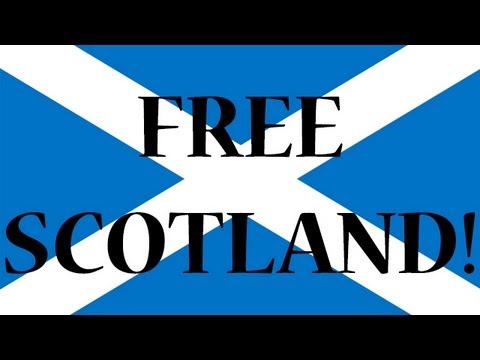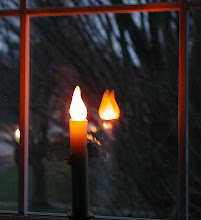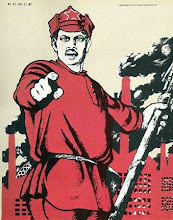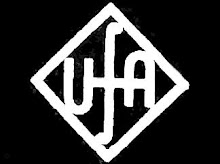Furthermore, you have heard it said that it eschews the representation of the human form, and in this it probably is the modern day hero of the very ancient Middle Eastern bias against such representationalism, going all the way back to the Eastern Roman emperor Leo the Syrian - the iconclast - and beyond him to Moses and his prohibition against idols.
Here is geometric:
which I believe to be on a minbar, or pulpit of a mosque in Doha, Qatar whose name I forget.
Here is some geometric with calligraphy:
where the interior is geometric, the next band is calligraphic, and the outer bands are floral and geometric.
Calligraphy may be used to suggest things:
and the letters resemble the geometry of a building, perhaps a domed mosque.
However, notice how the letters are more suited to organic things, the curves and the flow:
The two large letters colored blue and orange are wa, which corresponds to the English letter "u" .
It reminds me of a mother, since the word for mother begins with "u" - 'umma - and I see a mother facing left with her arm extended, perhaps meant to indicate she is holding a baby.
The closed curve at the top is looking down at the baby in her arms.
It reminds me of the Grieving Mother of Kaita:

seen from the side:
Here the letters can be seen as people, in this case, the population of Istanbul:
Mihaela Alpayer / Istanbul Scene 2, 2013, miniature, 20x10 cm / Photo © Islamic Arts Magazine
and this eventuates in popular representations of animals:
and other objects:
which is also a good example of why calligraphy can be difficult; I assume the upper deck of the ship spells out "Muhammad" and the sail (from bottom to top) spells out "rasuul" and "Allah". In this example, the middle double "m" of the name "Muhammad" has disappeared, at least I do not see an "m" nor a shadda doubling it.
"I see letters as being alive, they have such a variety of shapes, they represent the human condition – they can breathe, be happy, sad, dance and express themselves. They have their own destiny." (Khaled Al Saai)
http://islamicartsmagazine.com/magazine/view/balance_between_the_form_of_the_letters_and_an_aesthetic_harmony/
--

























No comments:
Post a Comment